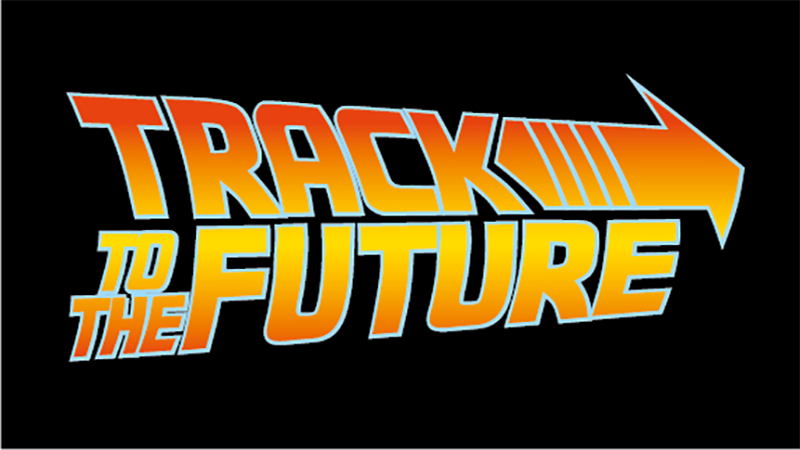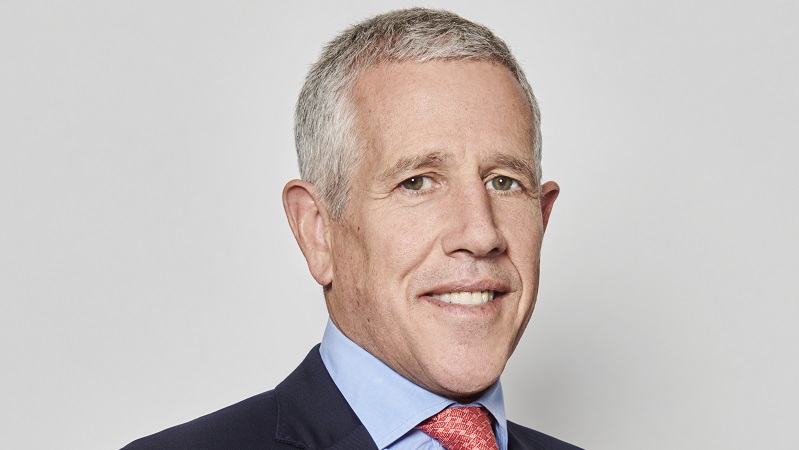We assumed all kinds of forms that were unreal. We lived briefly in a world of pretend, but when we came out of the Fun House, we were our old selves.
We are now living in a Fun House, in a suspension of economic reality. Massive doses of quantitative easing have placed us in an environment that lets us enjoy the moment but distorts our perception of the longer term underlying realities of economic activity.
The problem for us now is we don’t know what we will look like when we leave the Fun House.
Will we be bloated with inflation and rising interest rates or will we be emaciated by a stagnant economy and dim growth prospects?
Printing money does not create economic growth. It may temporarily improve conditions for industrial development. It is not by itself a producer of the goods and services that generate economic growth.
Keeping the monetary spigots wide open for a prolonged, seemingly endless amount of time creates aberrations that may be with us long after we exit the Fun House.
Inflation is low for the time being and there appears to be overwhelming consensus that it will remain so. That, in itself, should ring a cautionary note.
A warning yellow light should be flashing, telling us to be careful of consensus thinking. What if we have a few quarters of better than expected growth? What if the velocity of money does start to pick up? What if doubts start circulating about the long term effectiveness of endless quantitative easing? What if people start doubting our currencies as a reliable store of value?
Policy makers would like to see a very low and modest growth in inflation expectations as a way to stimulate consumer spending and economic activity. But what if it doesn’t exactly work out that way? It won’t be the first time economists’ expectations did not correspond to real world events.
We have had approximately five years of quantitative easing. All we have to show for this massive dose of money printing is anemic growth that can, at best, be described as disappointing. Does this mean we shall exit the Fun House as very skinny beings, deprived of the nourishment of real economic growth?
Can the consumer, who is still over-indebted, go back to his pre-2008 liberal spending ways? Can the government, burdened by its huge debt overload, indulge in spending initiatives to stimulate a relatively moribund economy? What if China’s growth rate decelerates and
the country is a much more reluctant purchaser of our goods and services?
What are the chances that we will look like our old selves? We will be different from what we were in the nineties when we benefited from a period of growth and low inflation that we largely owed to the opening of market economies that previously existed in the closed world of state-controlled, inward-looking communist societies.
We will not resemble the early years of the new century with its hyperventilating financial sector that exacerbated distortions that were already latent in our “living beyond our means” culture.
We may be fat with inflation or skinny with stagnation or perhaps even normal looking when we come out of the Fun House. If we do come out normal looking, we will probably look older and more worried about our future. We will be more sober with the realization that we have lived too long in an unreal world, having enjoyed the good life on too much borrowed money.
Hopefully, everything will work out for the best and our legislators will follow up with proper measures that will allow us to achieve prosperous growth with modest economic distortions.
Let us hope for the best but let us be prepared to look at ourselves in the mirror of reality and not be too surprised if we don’t quite recognize ourselves once we exit the Fun House.
If people tell you they know with confidence what the world will look when we exit, regard this with scepticism. They may themselves have been in the Fun House too long. In our business, we take this future uncertainty very seriously, and try to protect portfolios from tail risks, a weak economy, and a monetary experiment which ends in inflation and rising rates.










